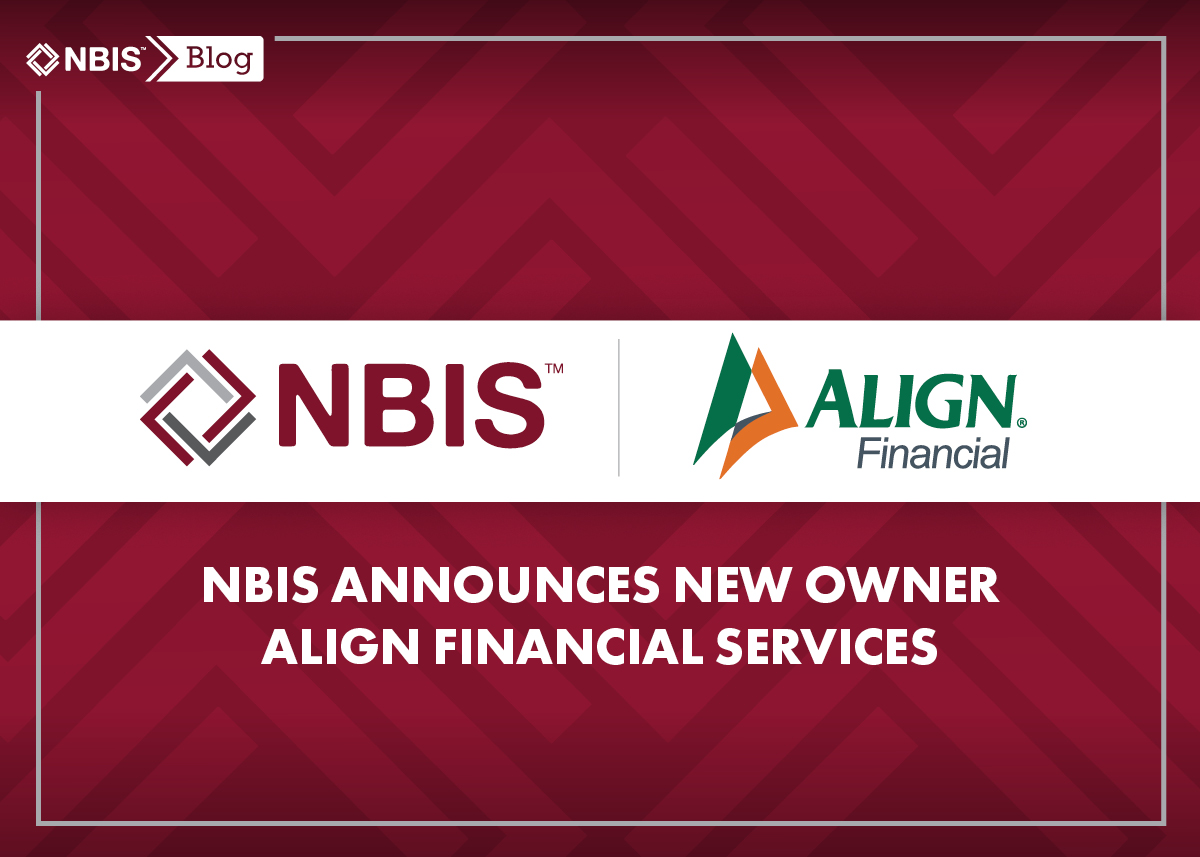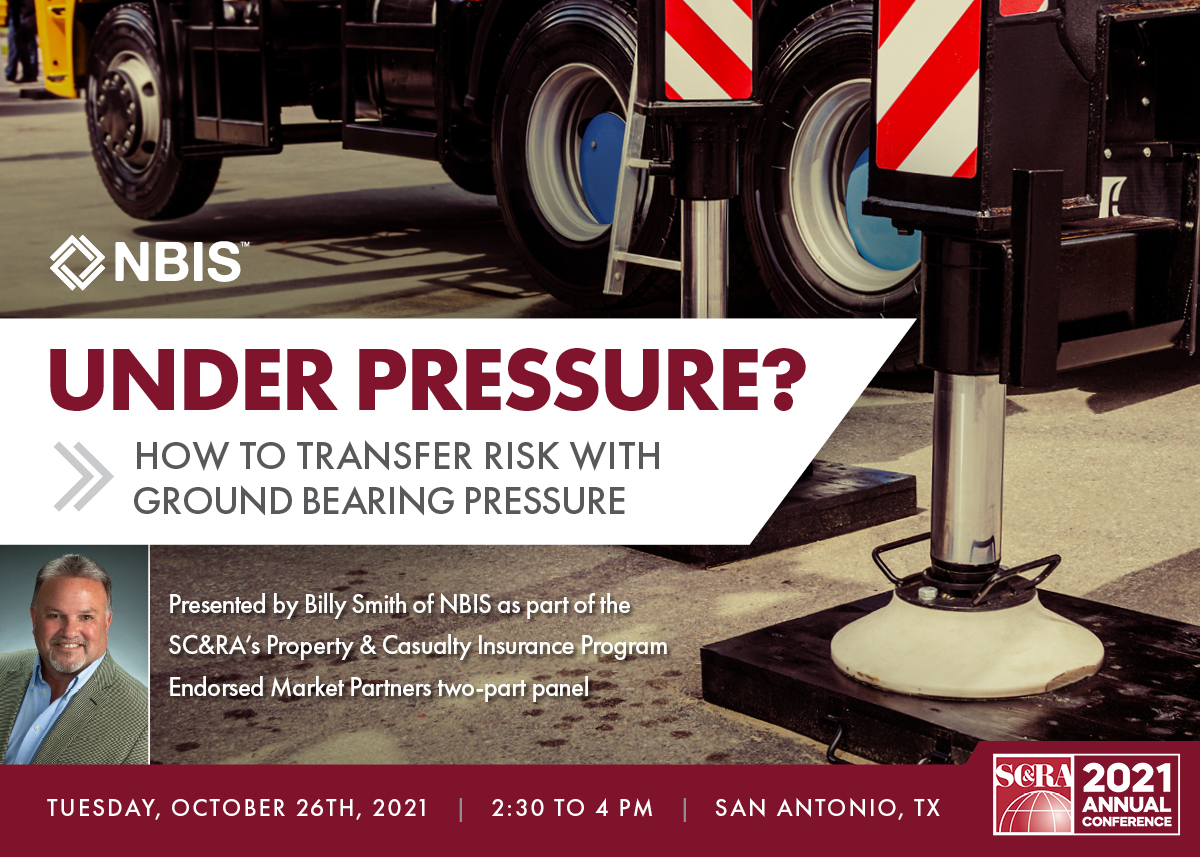Key risk transfer elements not to overlook from Tyrone Silva, AVP Risk Management for NBIS.
This article originally ran in the July 2021 issue of American Cranes & Transport.
In the construction industry, where complex and expensive work involves the participation of contractors, sub-contractors, vendors, and other third parties, risk transfer is an essential part of protecting your company. Agreements and contracts that clearly indicate, through well-written and precise language, which parties are liable for what are a vital element of risk transfer.
To properly develop an airtight approach to risk transfer, it’s wise to ensure a smart approach from the ground up and understand exactly what risk transfer is and its purpose. At its most basic, risk transfer is a strategic contractual shifting of a risk that occurs that is not your fault, to the other parties involved that are at fault.
Risk transfer is contractual and is, as such, a negotiated agreement. Therefore, there are a number of ways to transfer risk as they are drafted. It means there is an opportunity and a responsibility on your part to take care to execute risk transfer contracts appropriately. One thing we often see is that companies become laser-focused on the big-ticket risk shifting clauses in contracts, like indemnity and additional insured requirements, and overlook equally important insurance items such as coverage limitations, valuation methods, exclusions, ancillary coverages, retainage clauses and unlimited delay stipulations.
There are also other important factors like borrowed servant and right of control, referencing regulatory requirements, and industry consensus standards that ensure the standard of care and responsibilities is in line with industry standards and benchmarks. Finally, addressing site and ground conditions and who is responsible for them is imperative. Failing to be aware of these seemingly minor details may have huge and unexpected ramifications in the event of a claim, so it’s important to consider them along with the more major clauses addressing indemnity and additional insured requirements.
At the forefront of risk transfer should be reasonable due diligence to ensure that your contract requires the appropriate insurance coverages to be carried by your customer and ensuring that the customer furnishes a copy of the policy for your review. Be especially aware of enrollment in OCIPs or CCIPs, as companies often assume they are covered without realizing the policy has a $500K+ deductible. In those cases, the GC could hold you responsible for paying the deductible in the event of a claim or hold money owed to you to cover that cost.
To help you consider and account for not just the major risk transfer clauses but the ones more likely to be overlooked as well, we’ve outlined some areas to be aware of.
Limits of Insurance
Limit of Insurance is typically defined in most insurance policies as the most that will be paid by the insurer in the event of a covered loss. We find this to be critically important when leasing out a million dollar or more piece of equipment. A few things to be considered when fine-tuning your contracts should be:
- What happens if your equipment is damaged beyond reasonable repair resulting in a total loss as a result of your customer’s sole negligence?
- Did your contract require or address:
- Contractor Equipment Coverage (sometimes referred to as all-risk physical damage insurance) with specific dollar amounts to cover the full value of your equipment?
- The valuation method that will be utilized by the customer’s insurer?
- Replacement cost value or actual cash value?
Additionally, it’s worth stipulating in the contract the customer’s obligations to carry the appropriate coverage, with specified coverage amounts. You may end up in a better position of getting more of your investment dollars back.
Exclusions
Exclusions are set forth in every insurance policy. That being said, it’s important to be mindful of specific exclusions when leasing your equipment to others — for instance, let’s say a contractor‘s equipment policy specifically excludes loss of use unless the coverage is endorsed on the policy. In this scenario, you’re unable to use your equipment as a result of a total loss, and so you decide that you’d rather file a claim directly with the customer’s insurer as opposed to filing a first-party claim through your own insurance. Should your rental contract have failed to stipulate that third-party loss of use coverage be carried by your customer, actual losses (i.e. actual financial losses) sustained by you may not be covered.
Ancillary Coverages
Continuing Rental Expense coverage should always be considered when leasing out your equipment to others and should be a requirement within your rental contract. If your equipment is down as a result of a total loss and the claim investigation is ongoing, you may risk losing rental income. If this is applicable, know how much rental income you stand to lose. Continuing Rental Expense will extend coverage for the loss of rental income during the claims process while the equipment is being repaired or replaced and will pay up to a specified amount selected by the customer.
Borrowed Servant
Addressing right of control is vital. It’s common in a crane rental situation for the crane operator to be working under the direction and control of another party, whether it be the general contractor, another subcontractor, or your customer. Normally, your operator will be told by someone outside of your company where to set up, what to pick, and will be given signals by another party. Therefore, the operator is acting directly under the orders of another company besides yours. To give your company greater protection, your contract must define who has control and supervision over the loaned operator.
Regulatory Requirements and Industry Consensus Standards
Always be sure to have a point of reference within the contract that pertains to regulatory requirements, such as contracting with qualified riggers and qualified signal persons under OSHA or industry-consensus standards like ASME B30. Contract language, agreed to by all parties, that specifically indicates these operators and workers are properly qualified will outline a standard of care and responsibilities.
Authorized Signature
The argument that a given individual was not authorized to sign on behalf of your company is an all too common one that we hear all the time. Having an authorized signature provision ensures that the representative signing the rental contract understands that they have full authority to endorse this contract on behalf of the corporation and/or other business entities. This protects your company by expressly stating the person signing the contract has authority to enter into the contract, so that should a problem or loss later arise, the company/ lessee cannot claim the contract is invalid because the person signing didn’t have authority to do so.
In today’s unfortunately very litigious industry landscape, and when costly equipment and other factors make for potential losses in the tens of millions, making sure your risk is controlled, minimized, and managed is non-negotiable. Risk transfer and other contractual methods for managing risk can be invaluable, but only if used properly. NBIS is here to help. We’re committed to making sure our insureds are as protected as possible, but we are also dedicated to defending our industry. When contract language and risk transfer are used properly, we can move away from a reality where the crane company is “always at fault.”







